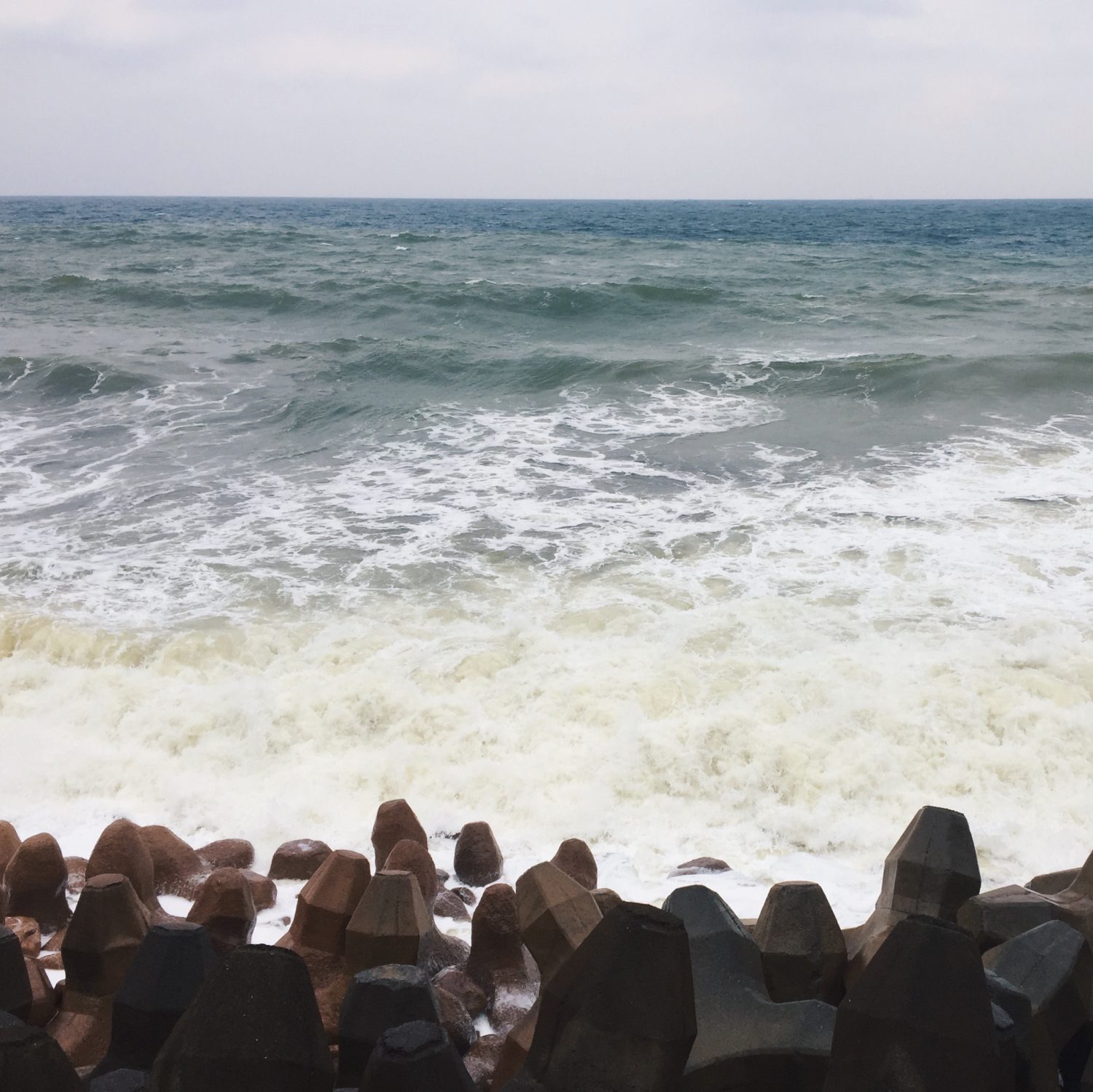DIWO (Do It With Others) is an initiative to gather like-minded individuals to collaborate on a project or basically anything. This concept is similar to open source where people come together and build on each others’ ideas and is increasingly prevalent in today’s society where teamwork is emphasized in many institutions and organizations. Hence, an online platform “Furtherfield” was set up by Marc Garrett and Ruth Catlow to support participatory projects.
Marc Garrett mentioned that “the practice of DIWO challenges and renegotiates the power roles between artists and curators.” The line between creators and curators is blurred. There is no longer a fixed or single creator to a work as anyone from anywhere is able to contribute, remix, re-edit and redistribute the ‘source’ materials uploaded. Some common challenges that artists once faced were geographical and curatorial restrictions but they were easily solved by DIWO.
Another point mentioned by Garrett which I think is exceptionally important is “the process is as important as the outcome”. The first ever DIWO project was “Mail Art” – where artists from all across the globe created and steam their art through emails. Email inboxes showcased their ideation, development processes and final products. Every email was considered a contribution or part of a larger, collective artwork. Most of the time, processes are not known to the public and they are not as highly regarded as the final product.
Also, something that caught my attention in the article was “exploring beyond a ‘scripted’ art world and its reductive ‘marketed’ mythologies”. Commercialized art is art made specifically for the purpose of selling and tend to have a hidden intention behind it. As an art student, I find it exceptionally exhilarating to create something out of nothing or to build on some idea in the name of art. DIWO promotes a culture where artists create and share ideas because they genuinely want to not because of marketing or monetary reasons. DIWO helps the art scene to grow and keep it connected at the same time.
This concept is constantly used throughout our experimental interaction course. We work with one another and try to develop a simulation/program/game and referenced from existing base codes available online. I believe that DIWO is here to stay while the idea of DIY(do it yourself) will slowly die over the years. With more brains contributing to the same project, it is certain that more innovative ideas can be bounced off each other, however, the fact it is non-profitable, it will be challenging to bring more artists into this movement.
